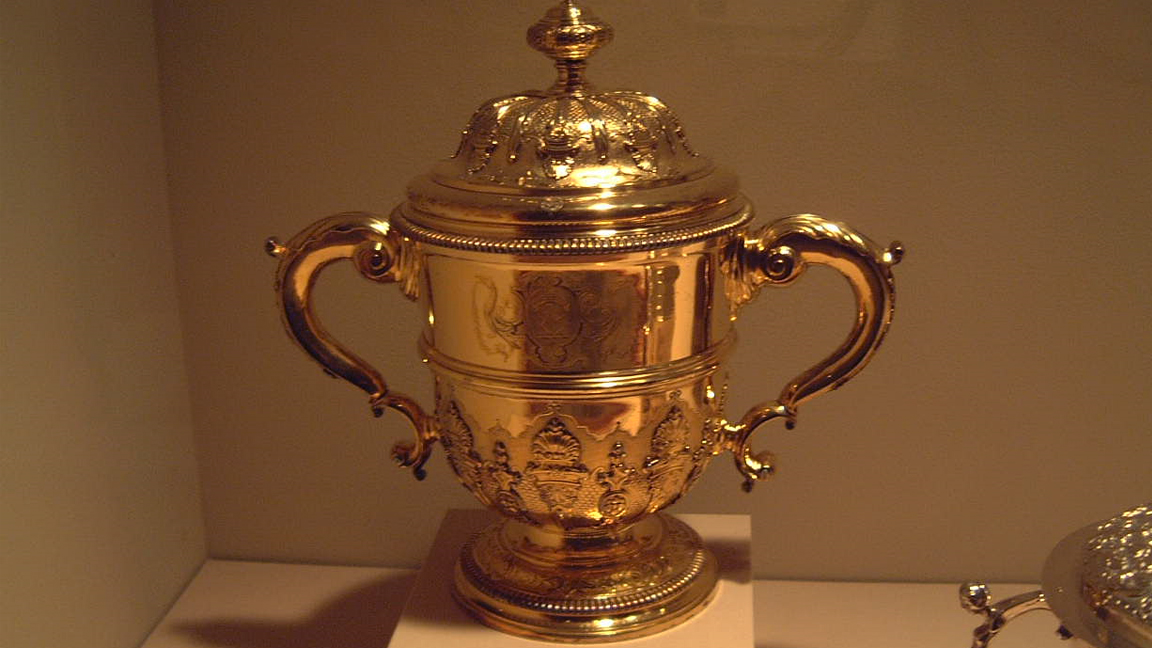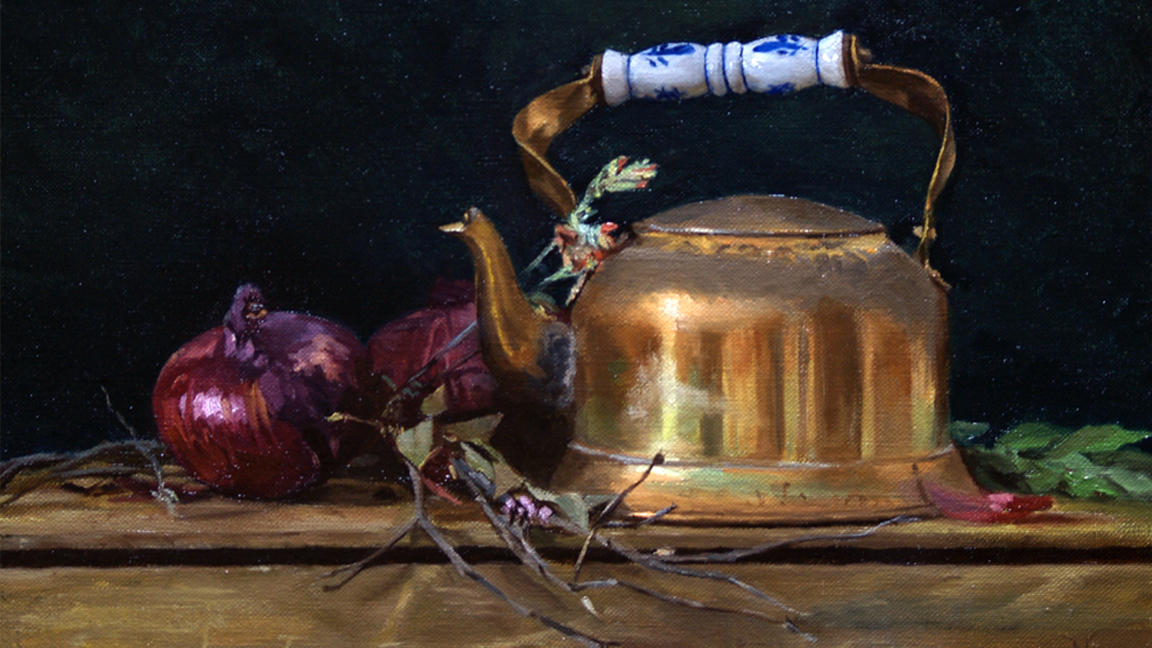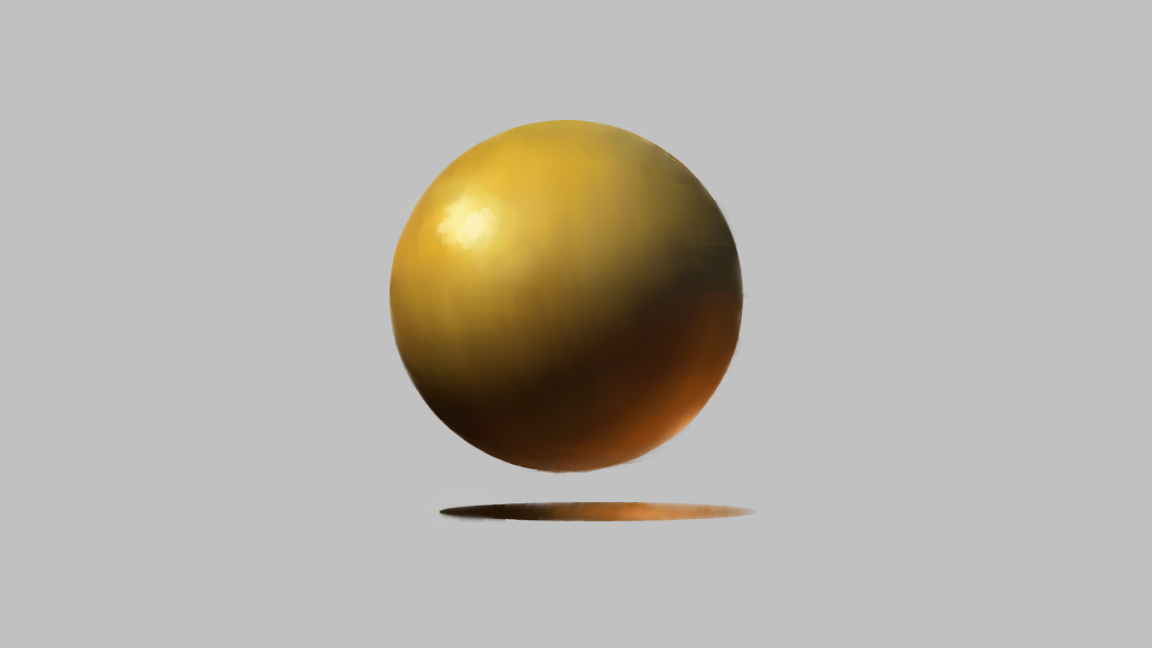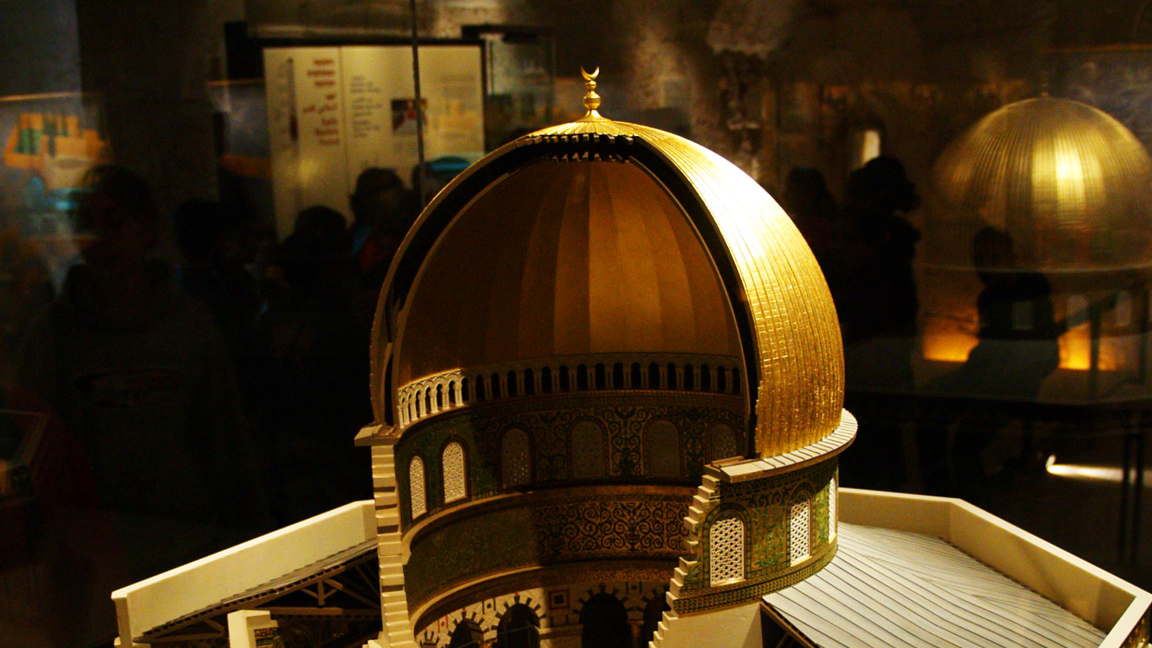Painting gold: 7 essential tips
Recreating metallic surfaces is no easy feat. Here are some top tips to help you master the art of painting gold.
Like many painting techniques, painting gold may seem daunting at first. The nature of gold varies wildly based on its age, purity, and even the amount of polish. However it’s a captivating surface, that we are all drawn to, based on its inherent visual qualities.
Throughout my career I have painted many different gold surfaces. Some of that gold has shown up in form of a still life, on the jewellery of a portrait model, and even on sculptures when painting outdoor landscapes. The nature of gold may look like a mystery at first, but I have seven tips to help you sort it out. If you keep these in mind you’ll be able to capture that illustrious quality in your own work.
Want to take your art to the next level? It all starts with the fundamentals. You can learn more by taking my class Essentials of Realism at schoolism.com.
01. Gold is reflective

This simple fact may seem obvious, but you have to remember that gold reflects quite a bit of light. The reflectivity of the surface of gold is what makes it appear so brilliant.
02. Gold mirrors its environment

What usually makes gold, and any other metal, tricky to paint is the fact that it reflects the environment around it. What you see, on the surface of gold, is a combination of its own inherent color and value as well as the immediate area. As light bounces around the environment it mingles with the color and value of the gold itself creating some interesting varieties.
03. Gold is almost never one color

Depending on the environment; gold will change like a chameleon. For example, if there is a blue sky above the gold it will typically show up on the surface in a different color. The natural blue color will mix with the warm yellow color of gold and produce a “green” of sorts.
04. Gold is not always pristine

Gold is not always as smooth and vibrant as it is on jewellery or in brick form. Gold, like any metal, can grow dull and can be tarnished. Often, capturing that tarnished nature makes your work look even more realistic!
Get the Creative Bloq Newsletter
Daily design news, reviews, how-tos and more, as picked by the editors.
05. Gold typically has strong highlights

Unless a gold surface has become completely dull and tarnished, it will exhibit a strong highlight. Gold surfaces are known for their brilliance based on this very concept. When light, from any light source, hits the surface of gold, it typically creates a strong and highlight with lots of contrast.
06. Start with the local color and adjust

Since a gold surface reflects its surroundings so efficiently; it can be tricky figuring out what color or value to make the surface. The best way to start is to make sure that you capture the proper “local” value for the gold. In most cases that means beginning with a mid-range value and a vibrant yellow color. That way, regardless of how other colors and values are affecting the gold, you still maintain the harmony that is there in reality.
07. Warm colors are enhanced on gold

“Warm” colors can be thought of as belonging to the red, orange, and yellow families. Any warm color that shows up on gold is, typically, going to be much more vibrant. On a gold surface, you will often see reflected light ,or a shadow area, which is virtually red in color. Erring on the side of warmth will help give it the feel of gold.

Thank you for reading 5 articles this month* Join now for unlimited access
Enjoy your first month for just £1 / $1 / €1
*Read 5 free articles per month without a subscription

Join now for unlimited access
Try first month for just £1 / $1 / €1
